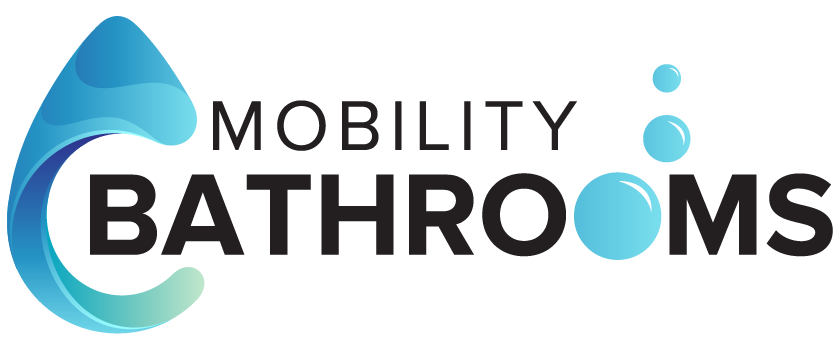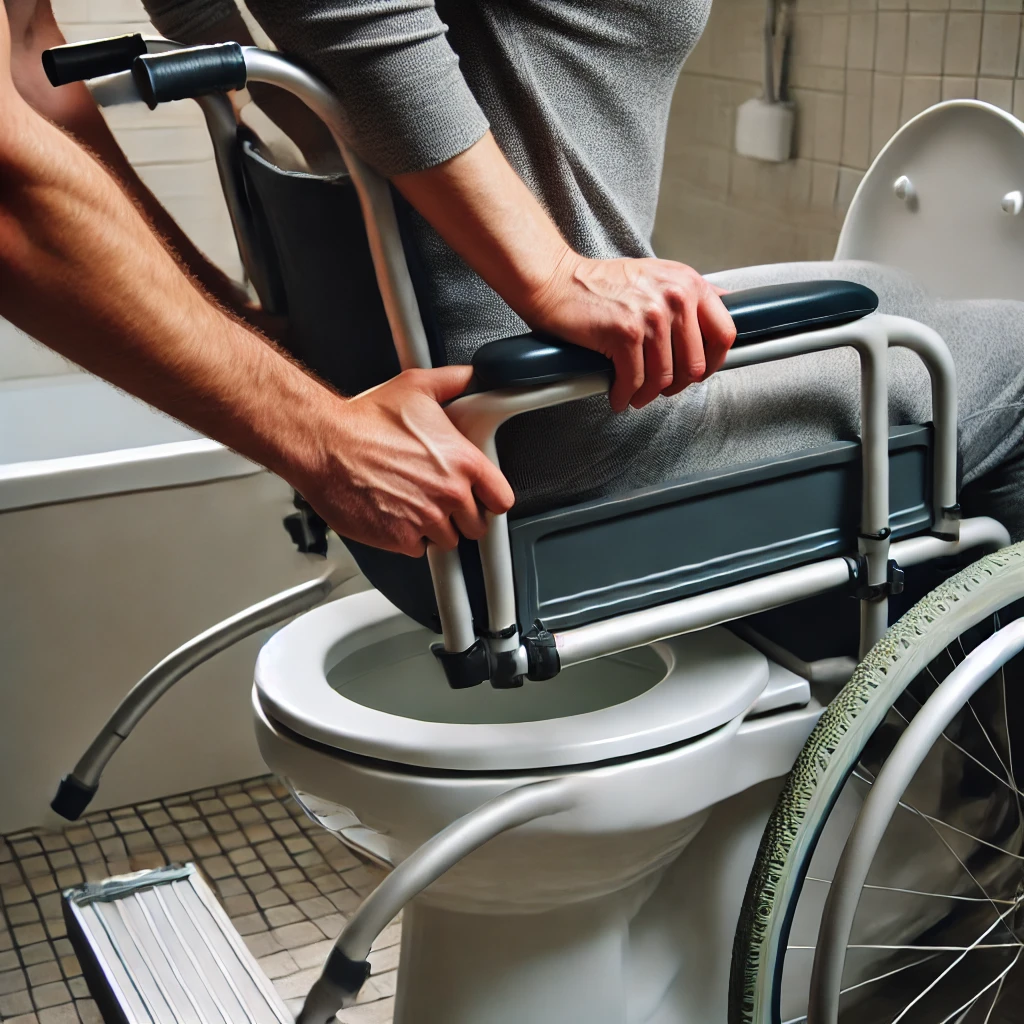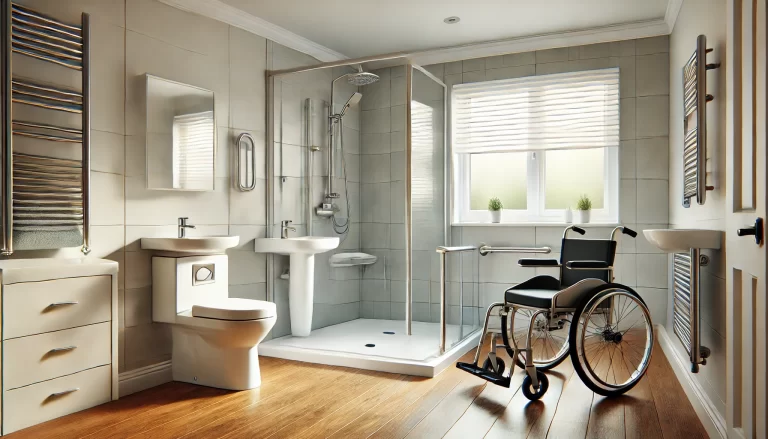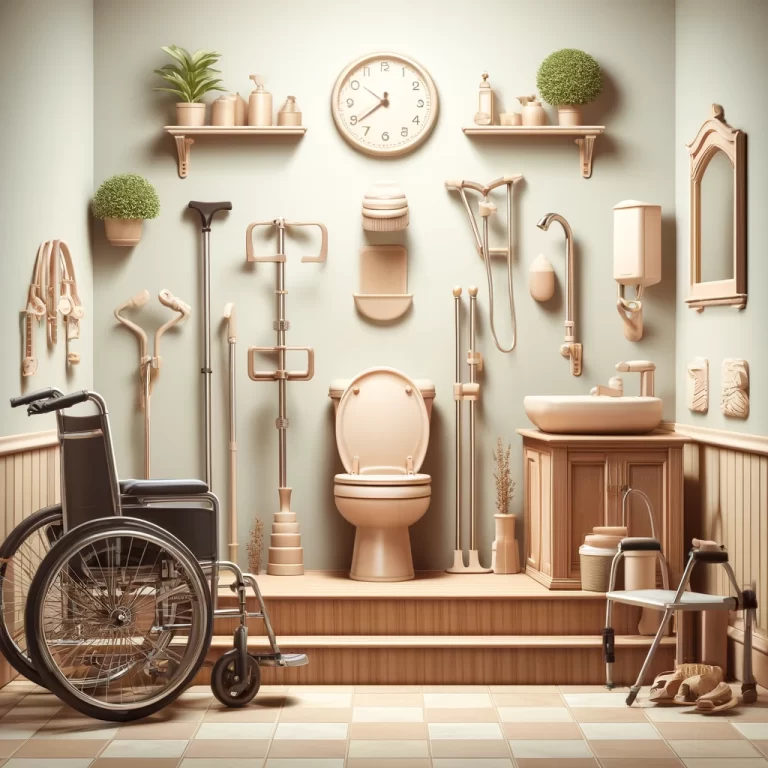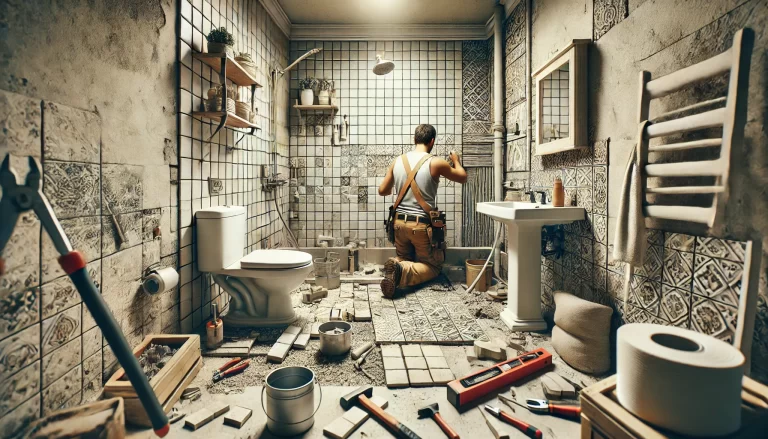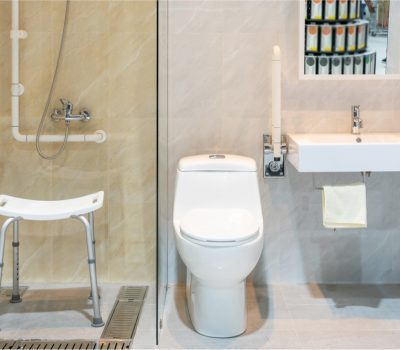How do immobile people go to the toilet
Individuals with limited mobility often encounter challenges when using the toilet due to factors such as diminished strength, coordination, and balance. This commonplace activity can become arduous for such individuals.
Our exploration delves into the array of adaptive equipment and assisted toilet use techniques that are accessible to aid immobile individuals in preserving their independence and dignity. Ranging from bedpans and catheters to methods for averting incontinence, we thoroughly examine alternative options and beneficial strategies designed to enhance bladder and bowel control.
We invite you to join us as we navigate the intricate landscape of toilet use for individuals with limited mobility.
Challenges of Using the Toilet for Immobile Individuals
Individuals with limited mobility encounter significant challenges related to toileting, including obstacles in bathroom accessibility, inadequacy of suitable mobility aids, and challenges in toileting procedures for disabled persons. These issues have a profound impact on their daily routines and general personal care.
Factors that Affect Mobility
Numerous factors influence individuals’ mobility, encompassing physical impairments, chronic conditions, and age-related decline, all of which present challenges in mobility that necessitate tailored solutions.
Moreover, environmental impediments, including inaccessible infrastructure and inadequate transportation options, can further impede individuals’ mobility. Insufficient social support and limited availability of assistive devices and technologies also contribute to restrictions in mobility.
In response to these challenges, a range of solutions is available, such as integrating universal design principles in urban planning, providing mobility aids like wheelchairs and scooters, and advocating for community programs that promote inclusivity and accessibility.
Through the integration of these strategies, it is feasible to enhance mobility and elevate the quality of life for individuals grappling with mobility constraints.

Adaptive Equipment for Toilet Use
Adaptive equipment and assistive devices are essential components in facilitating toilet use for individuals facing mobility challenges, providing specialised tools and toileting aids tailored to their specific requirements.
Types of Adaptive Equipment
There exists a variety of adaptive equipment specifically designed to aid individuals with toileting tasks. These include raised toilet seats, commode chairs, and grab rails, each offering diverse toileting solutions to cater to a range of needs.
Raised toilet seats prove advantageous for individuals with limited mobility by providing a heightened seating position, facilitating the process of sitting down and standing up. Commode chairs present a versatile solution, serving dual purposes as both a bedside toilet and a portable toilet for individuals facing challenges in walking to the bathroom. Utilising grab rails is crucial to enhance stability and support when transitioning onto and off the toilet, thus diminishing the likelihood of falls and ensuring safety during toileting procedures.
Assisted Toilet Use Techniques
The utilisation of assisted toilet techniques is imperative in delivering toileting aid to individuals with mobility impairments. This entails employing specific transfer techniques and providing caregiving support to guarantee the safe and efficient administration of toileting care.
Methods for Assisted Toilet Use
Various methods can be employed to facilitate toilet use, including the utilisation of tools such as raised toilet seats, grab rails, and adaptive toileting aids to enhance safety and stability during toileting activities.
Additionally, establishing a structured toileting schedule enables individuals to develop a sense of predictability and control over their bathroom routines, thereby reducing the likelihood of accidents and promoting independence.
Furthermore, offering compassionate and attentive toileting support, whether through physical assistance or verbal cues, is essential in fostering a positive toileting experience and upholding the individual’s dignity and comfort throughout the process.
Alternative Options for Toilet Use
For individuals encountering substantial challenges with toileting, alternative options such as bedpans, urinals, catheters, and incontinence products offer essential toileting solutions and aids for disabled individuals.
Bedpans and Urinals
Bedpans and urinals represent critical toileting instruments that function as practical aids for individuals with limited mobility, offering effective toileting solutions within a structured framework.
These instruments are specifically crafted to enable bedridden individuals or those with limited mobility to attend to their toileting needs without the requirement of accessing standard restroom facilities. Bedpans are available in a variety of configurations and dimensions to accommodate diverse requirements, while urinals are typically shaped for utilisation while in a supine or seated position.
The design of both bedpans and urinals prioritises user comfort, ease of operation, and hygiene. They play a pivotal role in upholding cleanliness standards and fostering self-sufficiency for individuals encountering difficulties in utilising conventional restroom facilities.
Catheters and Incontinence Products
Catheters and incontinence products represent crucial toileting options tailored to specific toileting requirements, providing solutions that facilitate toileting adaptation for individuals encountering significant mobility challenges.
- Intermittent catheters necessitate insertion into the bladder multiple times daily to facilitate emptying.
- Indwelling catheters are inserted and retained for an extended duration.
- External catheters, also referred to as condom catheters, are positioned over the male penis and connected to a drainage bag.
Moreover, incontinence products such as adult briefs, pads, and undergarments deliver discreet protection and absorption for individuals grappling with urinary or faecal incontinence.
Preventing Incontinence and Promoting Independence
Ensuring continence and fostering autonomy in toileting are crucial aspects for improving the quality of life and promoting independent living among individuals with mobility disabilities, emphasising the significance of bathroom safety and universally accessible design.
Strategies for Maintaining Bladder and Bowel Control
Efficient techniques for preserving bladder and bowel control encompass establishing consistent toileting schedules, employing appropriate toileting aids, and integrating daily routines that promote overall well-being.
Consistency plays a pivotal role in the management of bladder and bowel control. Establishing regular intervals for bathroom visits assists in conditioning the body to recognise the appropriate times for waste elimination.
Inclusion of fibre-rich foods in the diet can facilitate regular bowel movements. Sustaining a healthy regimen through physical activity and adequate hydration can also have a favourable impact on bladder and bowel functionality.
The utilisation of specialised toileting devices such as elevated toilet seats or commodes can offer additional assistance and convenience, particularly for individuals with mobility challenges or disabilities.
